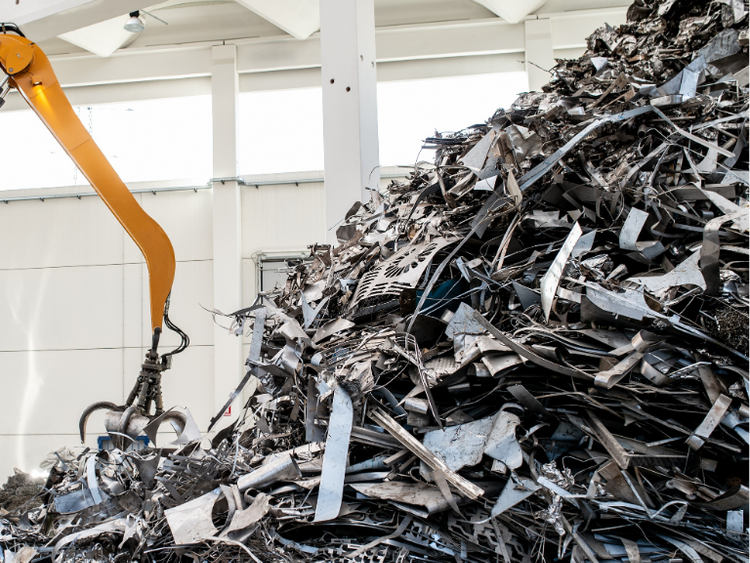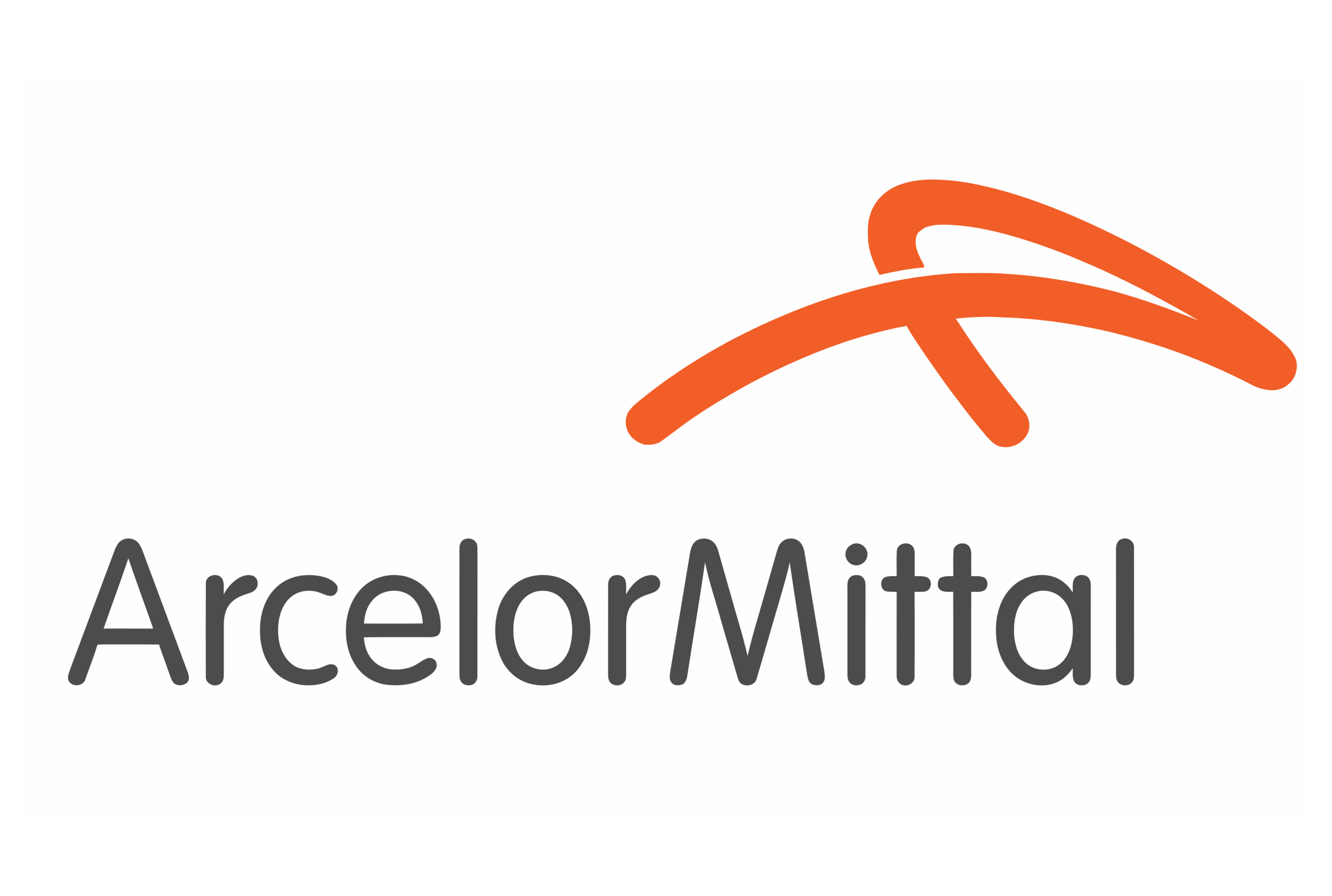Mexico

February 11, 2025
Ferrous scrap tags soar in February on tight supply
Written by Ethan Bernard
Ferrous scrap prices jumped this month, with a waiting game now in effect to see how newly announced US tariffs will impact the market.
One source commented that this month settled “broadly higher from January’s levels on tight supply and decent domestic mill demand.”
He said it looks like this increase could last for the next 30-60 days. It might not rise but could remain at these levels.
Scrap supply is “expected to remain tight in February, and mill demand expected to remain solid,” the source added.
Another source agreed that the price increases were almost entirely due to tight supply.
“Both the mills and scrap suppliers have very low inventories with the majority of suppliers still working on completing old orders,” the second source said.
Looking to March, a third source said the outlook is “sideways at worst.”
“However, the dealer/broker trade thinks that odds are there is another bump in it,” he added.
SMU’s February scrap pricing stands at:
- Busheling at $430-465 per gross ton (gt), averaging $447.50/gt, up $35 from January.
- Shredded at $420-445/gt, averaging $432.50/gt, up $45 from January.
- HMS at $360-395/gt, averaging $377.50/gt, up $37.50 from January.
Exports
The first source said the only “fly in the ointment is export pricing.”
He noted that while this is slightly higher than it was in January, it has been much slower to rise so far this year.
“And there is not much force pushing it higher,” he added.
Tariffs
President Trump signed an executive order on Monday placing 25% tariffs on steel and aluminum imports. So far, scrap and other raw materials have not been named among the items to receive tariffs.
Rather, it was the across-the-board tariffs on imports from Canada and Mexico that got a 30-day reprieve last week, which left some ripples in this month’s scrap settle.
“There was a lot of concern during the February trade about the supply of prime grades, in particular from Canada,” according to the first source.
“Some mills wouldn’t buy Canadian prime this month,” he added. “But Canadian dealers were generally long prime scrap, wanted to sell it, and were rushing at the beginning of the month to get it shipped before any tariff went into effect.”
He said this impact on Canada could tighten supply and will probably continue into March.
However, the second source disagreed, saying he believed the scrap market moved with little regard for the delayed ferrous scrap tariffs.
The steel tariffs announced on Monday may give the March market a bump in domestic demand and higher finished steel prices, he commented.
(Note that these new tariffs will also target downstream products.)
The third source said the tariffs on steel imports might not affect things that quickly.
“Even if the tariffs are not a factor, mills still need scrap, especially prime scrap for which some steelmakers are still a bit short,” he added. “If HRC demand picks up, then a March increase is likely.”







